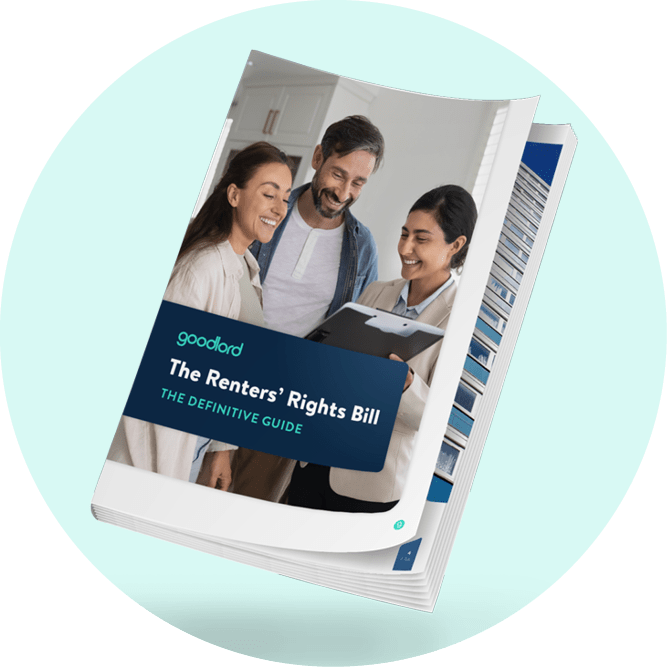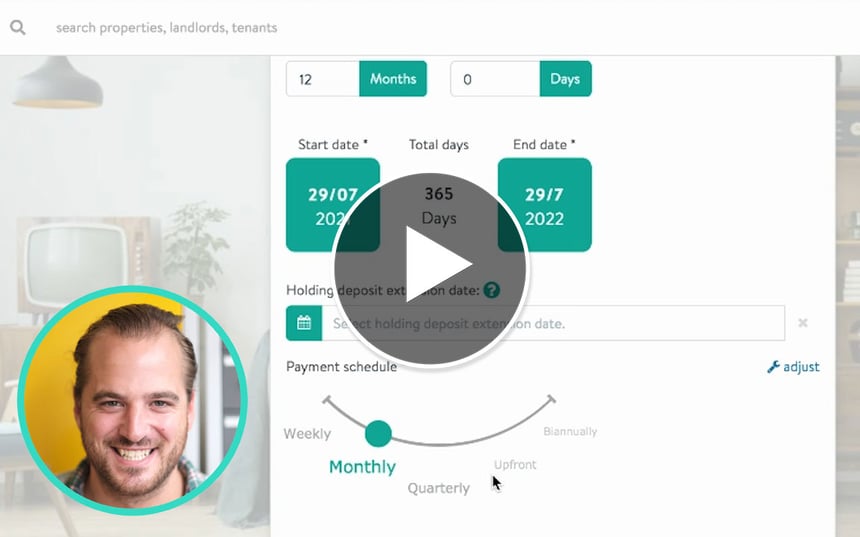Furlough: Everything your agency needs to know
Many businesses, including letting agencies, are choosing to furlough their staff and take advantage of the government support available during the pandemic. Here's a quick guide to the furloughing process.
The word “furlough” has become commonplace in the past few weeks, but, despite the number of businesses choosing to take up this support from the government, many remain confused about how the furlough process actually works. We’ve put together a guide to what it means in practice - from how it affects your agency’s staff to your processes.
What is furlough?
Furloughing measures allow employers to keep staff on their payroll, even though they aren’t working. In the current circumstances, the government has announced that they’ll provide financial support to employers who choose to furlough their staff through the Coronavirus Job Retention Scheme - to save jobs that would otherwise be made redundant during the pandemic. This means employers can be reimbursed for up to 80% of their furloughed employee’s salary, depending on the dates they were furloughed, including national insurance and pension contributions.
Productivity on furlough
Employees won’t be able to work if furloughed, but they can continue to engage in training - as long as this doesn’t generate revenue for or on behalf of the company, or provide them with a service. Furloughed staff could focus on personal development initiatives, such as training or volunteering, and undertake any company relevant courses. They’ll stay productive and will be ready to jump straight back in when they’re recalled.
They can also continue to keep in touch and check in with colleagues, as with an employee on long-term sick or maternity leave. This is especially important to maintain during the current emergency measures, to keep up work relationships and make it easier to transition back into normal work life when it resumes.
Furlough and cash flow
Employers will be able to access the Job Retention Scheme until the end of 31 September 2021, can claim through the portal on gov.uk. Employers will therefore need to pay salaries as normal for potentially a three to four month period before receiving reimbursement - this should be factored into any cash flow planning when taking advantage of the scheme. Businesses will need to begin contributing to their employees' wages from July. Employees will continue to receive 80% of their wages until the scheme ends, but businesses will be asked to contribute 10% in July and 20% in August and September, as the scheme is phased out.
Furlough and referencing
Tenant or guarantor reference results are based on an assumption around the financial suitability of an applicant to pay their rent. The financial support around furloughed staff, as well as the uncertainty of the current situation, may have a short term impact on how references are verified.
It isn’t mandatory for employers to furlough their staff. Even if an employee is on furlough, their employer may not want to top up their salary to the full amount, so the applicant’s reference will be based on the newly calculated salary at 80% unless otherwise specified.
The company may also not be able to confirm whether the member of staff will return to full time work at the end of the furlough period. This could lead to a change in the applicant’s circumstances - a level of risk which any referencing results will, therefore, have to take into account.









